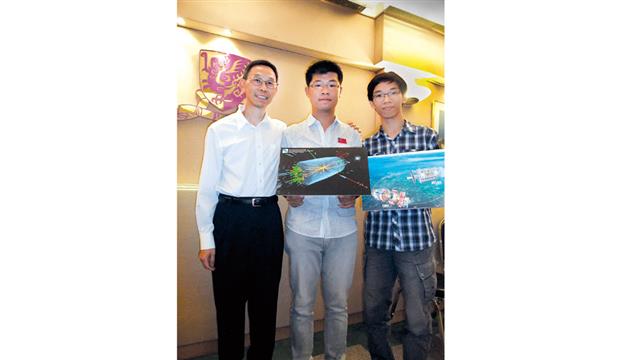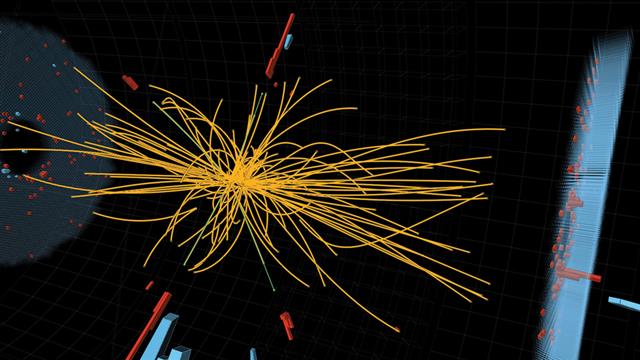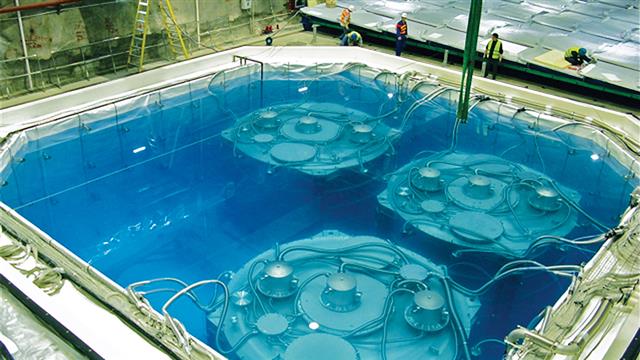Tracing the Neutrino Back to Our Origin
Prof. Chu Ming-chung of the Physics Department of CUHK leads the Hong Kong team of the international Daya Bay Collaboration—including PhD students Chen Xiaocong, Luk Wing-hong, Tam Yiu-ho and Xu Jianyi—in studying neutrinos, in the hope of finding answers to some of the most fundamental questions related to the origin of the universe.
What happened at the Big Bang?
Professor Chu said, “According to the Big Bang Theory, the universe was all energy 13.8 billions years ago. With the expansion of the universe, energy slowly became what is known as matter today. But a big question remains. The Big Bang should have produced the same amount of matter and antimatter. But what we can observe today is mostly matter and very little antimatter. Where have all the antimatter gone? It poses a cosmological and particle physics puzzle.” Scientists infer that in the early phases of the universe, matter exceeded antimatter by a 100 millionth part. This minuscule asymmetry has produced stars, the galaxies, life and us. What is not known is why there is this asymmetry of a 100 millionth part.
The elusive neutrinos
Neutrinos are uncharged particles produced in nuclear reactions and are among the lightest elementary particles. The several types of neutrino morph from one to another (oscillations) but hardly interact at all as they travel through space and matter. Due to the existence of large numbers of neutrinos and their renowned taste for breaking symmetries—such as the famous violation of left-right symmetry proposed by Prof. C.N. Yang and Prof. T.D. Lee in 1956—understanding neutrinos may hold the key to the mystery of the origin of matter-antimatter asymmetry. The frequency of neutrino oscillation is directly related to the neutrino “mass splitting”, and “mixing angle” represents the amplitude of the oscillation. Observing and measuring the “mass splitting” and “mixing angle” would help to elucidate the nature of neutrinos.
The Daya Bay project started some years ago over a cup of coffee between Professor Chu and Prof. Luk Kam-biu of the University of California, Berkeley. Proximity to the nuclear plant has made the location ideal for capturing the neutrinos emitted from the reactors there. The project has involved many physics students from CUHK. The research group at Daya Bay discovered a new mode of neutrino oscillation in 2012, which was selected as one of the “Top Ten Scientific Breakthroughs” of the year by Science. Building on that success, the group announced on 22 August 2013 their latest findings on the relationship between neutrino oscillations and energy changes, the measurement of a “mass splitting”. They also provided a more precise and refined value for the “mixing angles” derived in the previous year.
The chase is still on
According to Professor Chu, the neutrino is being studied in many countries but taking the next step requires international collaborative effort. “The Daya Bay experiment can only measure the oscillations of anti-neutrinos. Researchers in many countries are planning the next phase of experimentation: to produce high energy anti-neutrinos as well as high energy neutrinos with accelerators. Observing how these neutrinos and anti-neutrinos vary in their oscillations over long distances give us data that might explain the 100 millionth part asymmetry.”







